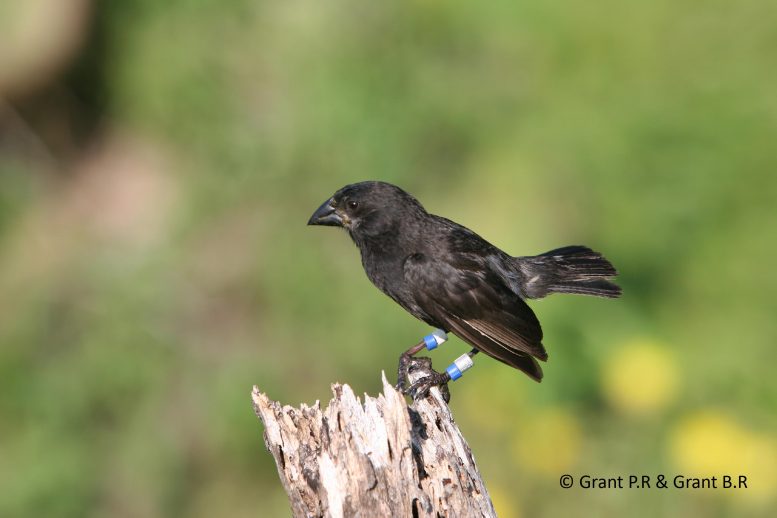
Medium ground finch with its blunt beak. This particular bird has been banded by Rosemary and Peter Grant during their field studies on Daphne Major. Reproduced with permission from K. Thalia Grant, and Princeton University Press, which first published the remaining images in 40 Years of Evolution (P. R. Grant & B. R. Grant, 2014). Credit: Peter R. Grant and B. Rosemary Grant
Despite the traditional view that species do not exchange genes by hybridization, recent studies show that gene flow between closely related species is more common than previously thought. A team of scientists from Uppsala University and Princeton University now reports how gene flow between two species of Darwin’s finches has affected their beak morphology. The study is published today in Nature Ecology and Evolution.
Darwin’s finches on the Galápagos Islands are an example of a rapid adaptive radiation in which 18 species have evolved from a common ancestral species within a period of 1-2 million years. Some of these species have only been separated for a few hundred thousand years or less.
Rosemary and Peter Grant of Princeton University, co-authors of the new study, studied populations of Darwin’s finches on the small island of Daphne Major for 40 consecutive years and observed occasional hybridization between two distinct species, the common cactus finch and the medium ground finch. The cactus finch is slightly larger than the medium ground finch, has a more pointed beak and is specialized to feed on cactus. The medium ground finch has a blunter beak and is specialized to feed on seeds.
“Over the years, we observed occasional hybridization between these two species and noticed a convergence in beak shape. In particular, the beak of the common cactus finch became blunter and more similar to the beak of the medium ground finch,” say Rosemary and Peter Grant. “We wondered whether this evolutionary change could be explained by gene flow between the two species.”
“We have now addressed this question by sequencing groups of the two species from different time periods and with different beak morphology. We provide evidence of a substantial gene flow, in particular from the medium ground finch to the common cactus finch,” explains Sangeet Lamichhaney, one of the shared first authors and currently Associate Professor at Kent State University.
“A surprising finding was that the observed gene flow was substantial on most autosomal chromosomes but negligible on the Z chromosome, one of the sex chromosomes,” says Fan Han, Uppsala University, who analyzed these data as part of her Ph.D. thesis. “In birds, the sex chromosomes are ZZ in males and ZW in females, in contrast to mammals where males are XY and females are XX.”
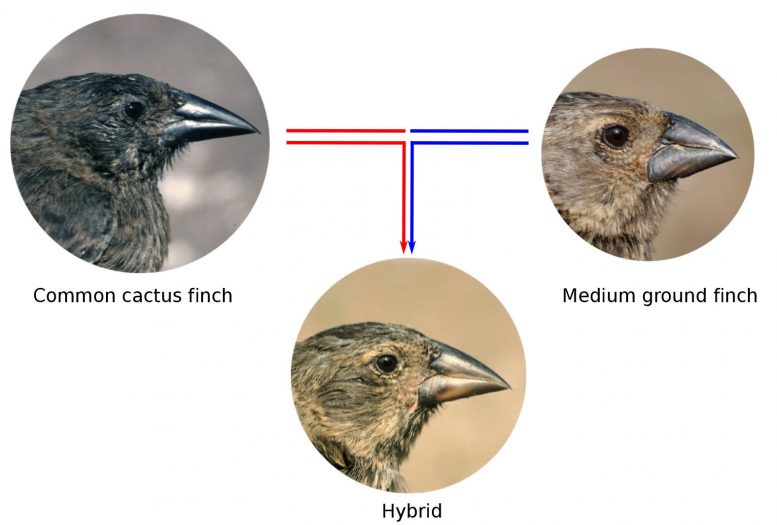
The common cactus finch has a pointed beak adapted to feed on cactus whereas the medium ground finch has a blunt beak adapted to crush seeds. Their hybrid progeny have an intermediate beak morphology adaptive under certain environmental conditions as explained in this paper. Credit: Sangeet Lamichhaney, Rosemary and Peter Grant
“This interesting result is in fact in excellent agreement with our field observation from the Galápagos,” explain the Grants. “We noticed that most of the hybrids had a common cactus finch father and a medium ground finch mother. Furthermore, the hybrid females successfully bred with common cactus finch males and thereby transferred genes from the medium ground finch to the common cactus finch population. In contrast, male hybrids were smaller than common cactus finch males and could not compete successfully for high-quality territories and mates.”
This mating pattern is explained by the fact that Darwin’s finches are imprinted on the song of their fathers so that sons sing a song similar to their father’s song and daughters prefer to mate with males that sing like their fathers. Furthermore, hybrid females receive their Z chromosome from their cactus finch father and their W chromosome from their ground finch mother. This explains why genes on the Z chromosome cannot flow from the medium ground finch to the cactus finch via these hybrid females, whereas genes in other parts of the genome can, because parents of the hybrid contribute equally.
“Our data show that the fitness of the hybrids between the two species is highly dependent on environmental conditions which affect food abundance,” says Leif Andersson of Uppsala University and Texas A&M University. “That is, to what extent hybrids, with their combination of gene variants from both species, can successfully compete for food and territory. Therefore, the long-term outcome of the ongoing hybridization between the two species will depend on environmental factors as well as competition.”
“One scenario is that the two species will merge into a single species combining gene variants from the two species, but perhaps a more likely scenario is that they will continue to behave as two species and either continue to exchange genes occasionally or develop reproductive isolation if the hybrids at some point show reduced fitness compared with purebred progeny. The study contributes to our understanding of how biodiversity evolves,” Andersson concludes.
Reference: “Female-biased gene flow between two species of Darwin’s finches” by Sangeet Lamichhaney, Fan Han, Matthew T. Webster, B. Rosemary Grant, Peter R. Grant and Leif Andersson, 4 May 2020, Nature Ecology & Evolution.
DOI: 10.1038/s41559-020-1183-9

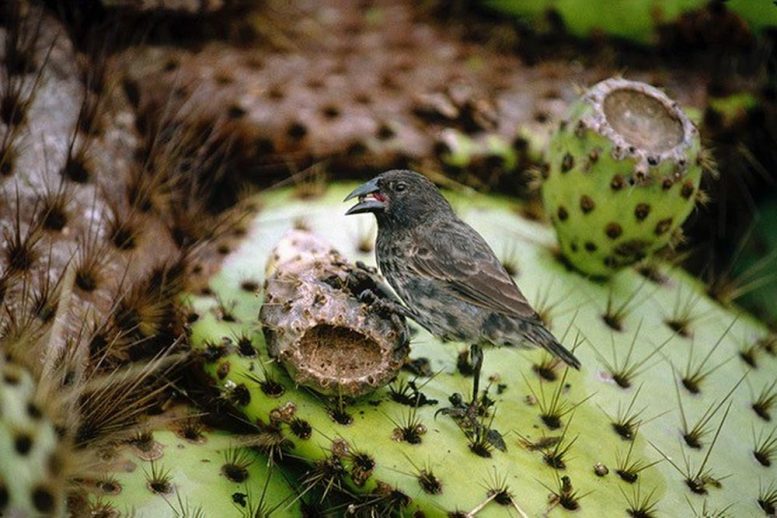

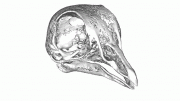
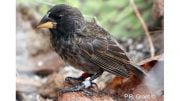


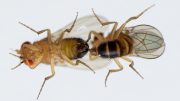

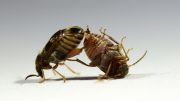
Three Darwins in the family had a rare predisposition to a story telling congruent with Greek and Hindu myths…still in 2020 those unscientific tales are around…